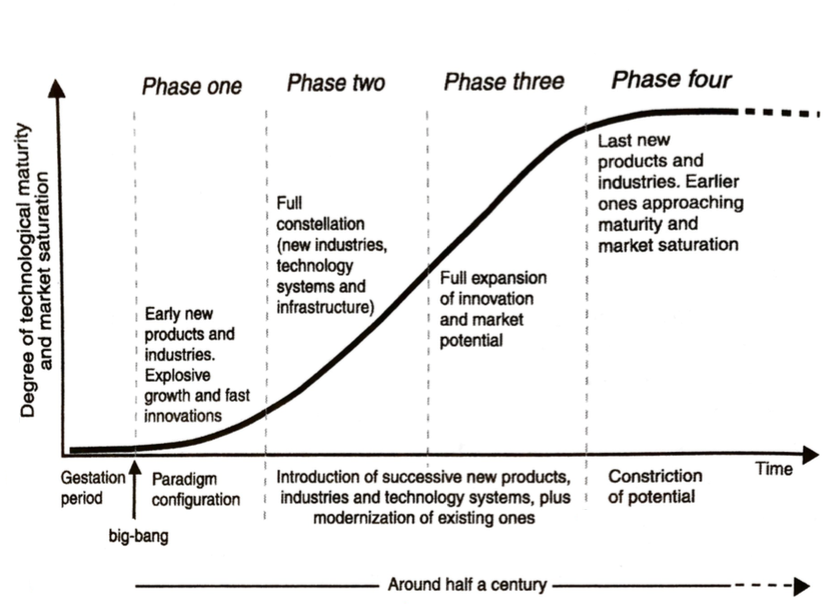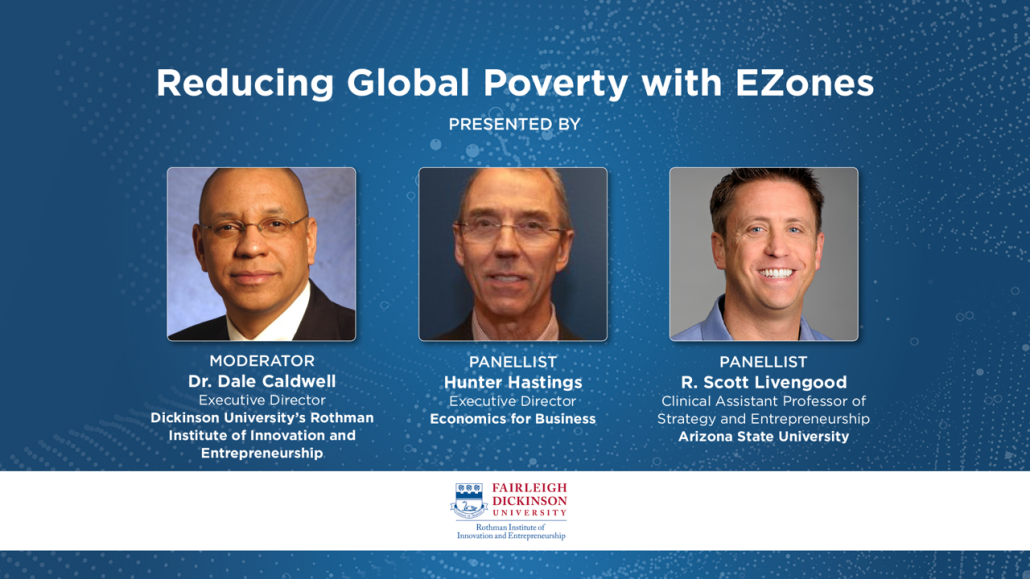146. Luca Dellanna on the Power of Adaptation: Adapt or Die
Ceaseless flux. Those are words Ludwig von Mises used to describe the perpetual change in business conditions that entrepreneurs experience. The consequent need, he told us, is for a process of constant adjustment. The current word for that process is adaptation. Economics For Business talks to Luca Dellanna, a leading business expert who advises companies of all sizes on managing the challenge of continuous adaptation.
Key Takeaways and Actionable Insights
Adaptation is a necessary capacity of all businesses.
Adaptation is a necessity. The marketplace changes, customers change, technology changes. Change is the norm. Firms that don’t adapt will suffer and potentially die, so adaptation must become the norm for business. In complex systems theory, adaptation is the selection of strategies or actions that enhance survival or any other measure of success (or fitness, as its sometimes called) amidst swirling change. In business, adaptation means choosing your degree and pace of change.
Change will be externally imposed if it is not internally embraced.
Businesses can influence the level of change impact. They can critically examine their mental models, and assess their products, processes, beliefs, and people, to evaluate their fitness for adapting to market change. To avoid change being imposed from outside the firm — to avoid negative natural selection, in the evolutionary metaphor – all layers of the firm must embrace change, and proactively adapt. Eliminate unfit products and processes, pursue the development of new ones that are better adapted, and upgrade people resources through thoughtful hiring and active learning.
Adaptation is different than responsiveness — it’s embracing harm.
We talk a lot about a business’s responsiveness to customer wants and preferences, especially when those preferences are fluid and incompletely articulated and require interpretation. Responsiveness is critical — but it’s different from adaptation. It’s response to an external signal. Adaptiveness is embracing change inside the firm.
Luca Dellanna has a striking way of communicating this: he advises his clients to deliberately expose themselves to what he calls “harm” — new problems never before encountered. The exposure must not be to a problem that could overwhelm the firm, but one that can be addressed at a subsidiary level or component level or via adjustment in a shared mental model. Luca calls this “small harm” — specific problems (e.g., the price of a product or service compared to the customer’s willingness to pay). Proactively probe the problem, e.g., in a high pricing test, generate feedback and actively use the learning to adapt. Another word for “small harm” is stressors: situations that put stress on the firm. Set up systems to seek out these stressors so that adaptation is deliberate, and can be enculturated, rather than wait for a crisis that requires an emergency response.
Lack of discomfort is a problem to avoid.
Identify the leading indicators that describe the conditions that will change the future.
Lagging indicators — such as revenue — are metrics that describe the past. There are leading indicators available such as number of customer contacts (describing what the pipeline might look like in the future), and satisfaction scores (describing future repeat sales). Luca recommends pairing one lagging indicator with one leading indicator to develop a metrics system.
This is not the same as popular consultant-proposed metrics systems such as OKR (Objectives and Key Results). Objectives are not leading indicators. The best leading indicators are behaviors, because these can be easily adjusted if observed to be in need of change. Falling behind on objectives does not yield an actionable response if not linked to a causal factor. Inadequate behaviors (e.g., conducting a sales call without following the proven process) can be addressed, especially if they are clearly linked to positive outcomes.
This is the same principle as Amazon’s focus on what they call controllable inputs, and Amazon knows a lot about driving business growth.
There are several strategies to pursue adaptation.
Redundancy (having more than needed): A focus on efficiency and “no waste” can be detrimental to adaptation if it leaves no resources for experimentation and exploration. Employees need time to work on new things, not just on current tasks and issues.
Bottom-up initiatives: Central command and control can’t run everything, anticipate every harm, or plan every experiment. Ensure entrepreneurial empowerment of front-line employees and functions so that they can initiate learning.
Avoid game-over: In experimenting, calibrate the risk to ensure that a negative result is not overwhelming, and, in regular operations, be aware of any possibility of a major crisis — a Black Swan event — and be sure that it will not destroy the firm or deliver a setback from which it will be hard to recover.
Never stop exploring, in a culture of anti-fragility.
Nassim Nicholas Taleb famously coined the term “anti-fragile”. The company that has the most well-developed capacity to learn from problems and harm is the most anti-fragile. The culture of anti-fragility is always to surface problems when they are encountered and address them at the source. Luca stresses that culture is built when everyone in the company can see a consistent set of actions in which the trade-offs of addressing problems are consistent with the stated vision. For example, a culture of safe operations will be reinforced when safety precautions are taken even when the cost, in time or money or both, is high.
The leading indicator is that every individual and every operation and sub-operation is following safe practices, and that the company readily commits resources when a new safety procedure or installation is proven to be effective. If the trade-off is made that the new procedure is effective but too expensive to install, the culture will be punctured because the company has acted contrary to its declared vision.
Additional Resources
“The Power Of Adaptation” (PDF): Download PDF
Read Luca Dellanna’s book, The Power Of Adaptation: Download PDF
Another application of adaptation, Teams Are Adaptive Systems: 12 Principles For Effective Management by Luca Dellanna: Download PDF
Visit Luca Dellanna’s website to find more resources: Luca-Dellanna.com
E-mail Luca at luca@luca-dellanna.com

